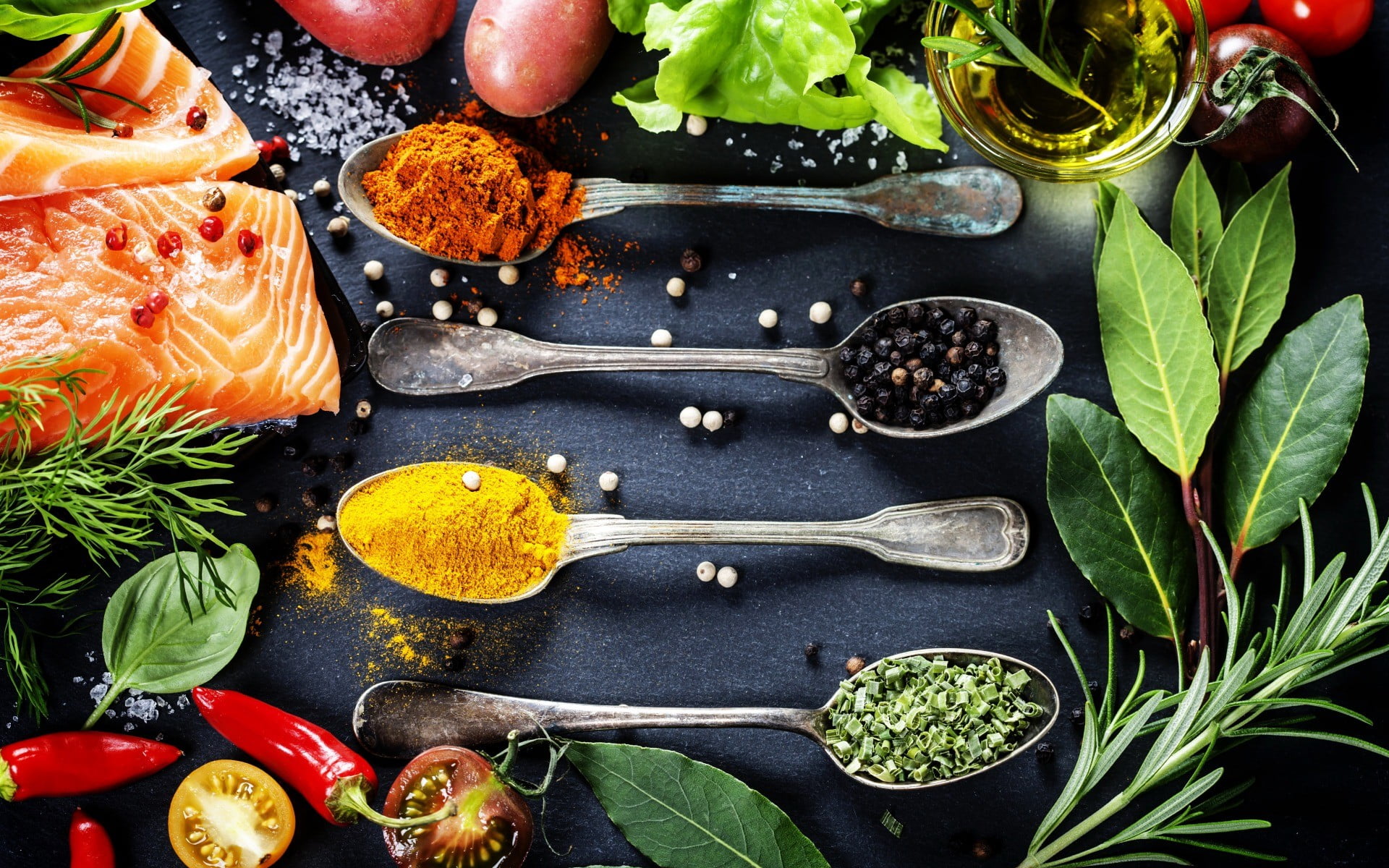Food Flavoring Market: Overview
Flavorings are substances that are added in trace amounts to food to either enhance or restore flavour that has been lost during processing, as in the case of yoghurt, soft drinks, and boiled sweets. In order to stimulate our taste buds, flavourings can be manufactured by either extracting aromatic chemicals from food or by developing novel compounds. After being processed and preserved, perishable foods gradually lose flavour, necessitating the use of flavouring additives to help preserve the flavour. In the food and beverage industry, flavours are necessary for a variety of reasons, including new product development, the introduction of new products, and modifying the flavour of existing items.
The market is expanding as a result of both ongoing innovation and the rising demand for unique flavours from the food and beverage industries. A rise in demand from the fast-food industry is also anticipated to create potential prospects in the market for food flavours over the course of the research period. Natural flavours and synthetic tastes are the two main divisions of food flavours. Natural flavours are frequently intricate chemical blends that come from plants or fruits. There will frequently be one main flavour chemical along with dozens or even hundreds of additional ingredients.
Know More About Food Flavoring Market, Download Sample Report: https://analyticsmarketresearch.com/sample-request/food-flavoring-market/6045/
This complex blend gives natural extracts a deeper, more complex flavour. However, the dominating flavour chemical is typically discernible by a person’s sense of taste or smell. On the other side, a synthetic flavour is created from chemicals rather than being derived from nature. Synthetic tastes frequently contain a small number of the same flavour components present in natural extracts—often only one—but lack the others, rendering them unable to accurately mimic the flavour of the complex mixture. Therefore, someone eating food that has been chemically flavoured will be able to identify the dominant flavour.
Global demand for ready-to-eat meals and fast food is fueling the market’s expansion for food flavours. More people are embracing natural flavours and becoming health-conscious. Innovative technology, the introduction of novel flavours, and significant investment in R&D activities are other elements that support the expansion of the food flavour market. A change in the customer base has been observed in recent years on a variety of scales, including physical activities, health awareness, connoisseurs, and dietary choices about include meat or vegan diet.
As a result, a variety of food and beverage categories and a wide taste array are becoming increasingly necessary. To meet this consumer demand, food producers are consistently investing in R&D to create a range of unique products. The preference of consumers for flavours and items made from plants is soaring in popularity. This is also accelerating market growth. Social media and information technology are becoming more and more popular among users, which has raised public awareness of how eating habits affect the environment. Particularly in industrialised countries like North America and Europe, consumer purchase decisions are becoming more and more influenced by health issues and animal cruelty. The market for natural and organic goods has so recently grown.
Global Food Flavoring Market: Major Players
Kerry Ingredients& Flavors
Tate & Lyle
Robertet
Givaudan
Firmenich
Symrise
IFF
Takasago International
T-Hasegawa
JK Sucralose
HuaBbao
Mane
FRUTAROM
Global Food Flavoring Market: Types
Natural
Synthetic
Plastic materials
Global Food Flavoring Market: Applications
Beverages
Savory & Snacks
Bakery & Confectionery
Dairy & Frozen Products
Others
Click Here to Purchase Food Flavoring Market Research Report: https://analyticsmarketresearch.com/purchase/food-flavoring-market/6045/?license=single
The market for food flavours is expanding, but is now being constrained by health concerns over both natural and artificial flavours. Some of the chemicals used to create both synthetic and natural flavours are harmful to human health. For instance, the benzaldehyde molecule contains hydrogen cyanide, which can depress the central nervous system and result in convulsions. Several artificial tastes made with amyl acetate, including pear and banana, have been connected to gastrointestinal discomfort, headaches, exhaustion, and mucous membrane irritation. On the other side, benzyl acetate could irritate your eyes, skin, lungs, and digestive system. Other substances found in synthetic flavourings, like butyric acid and carvacrol, have the potential to harm human health.



